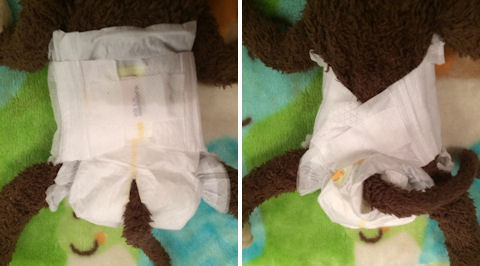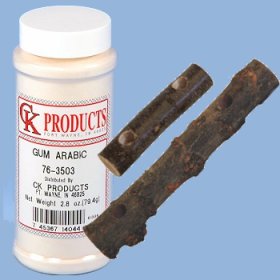
Amongst primate owners, the most commonly known method of diapering is the tail hole method but more and more primate owners are switching over to the tail wrap method. Since I’ve used both methods myself and don’t really have a particular preference, I reached out to other primate owners to find out why they prefer one method over the other. Before we go into more details, I’ve recorded a short video to demonstrate the difference between both methods. After that we’ll talk about diaper covers, different diaper brands, and what monkey parents are doing to prevent diaper rash.
